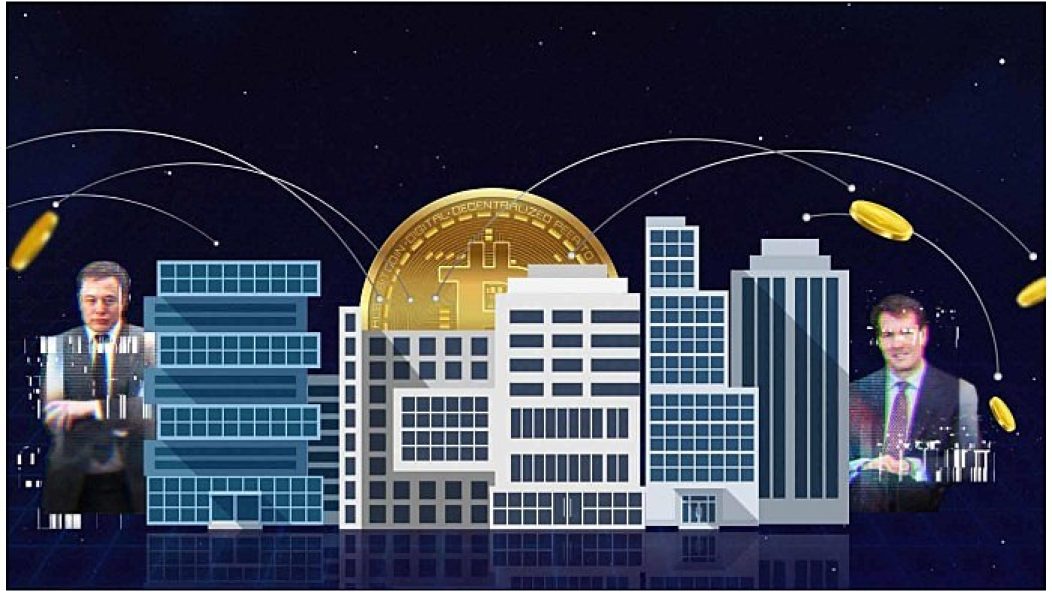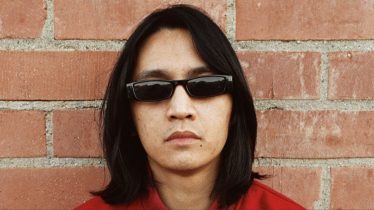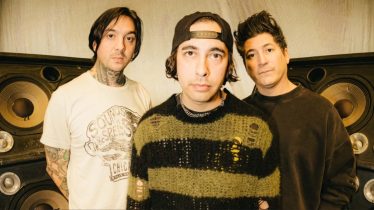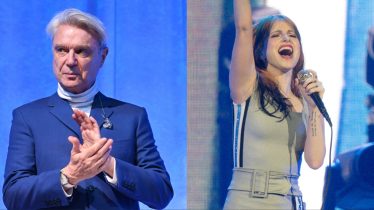
NFT artist Indivisibility shares a brief history of Bitcoin crypto
As society slowly emerges from its yearlong shutdown, people must feel like Rip Van Winkle waking up to a strange new world of NFTs and cryptocurrencies. That was certainly the case in April when Coinbase went public on NASDAQ. Think about it: an exchange where people trade cryptocurrencies debuted on an exchange where people trade stocks (so meta), making history as the seventh biggest new listing in U.S. history.
Many people wrote off Bitcoin when it debuted in early 2009, but 12 years later, cryptocurrency is on a tear, and the world’s biggest economies are rushing to play catch up. This summer, the federal government will publish research on creating a digital dollar, and the European Central Bank will decide on pursuing a digital euro. Japan and China are both exploring digital currencies, and the U.K. can’t possibly pass up the chance to create Britcoin.
Read more: NFTs are igniting a digital art explosion– here’s how
The blockchain technology that Bitcoin developed to authenticate the currency led to the creation of non-fungible tokens (NFTs), and these tokens ignited the crypto art movement that we cover here. One such artist, Indivisibility, combined the two movements in an NFT artist series that tells the history of Bitcoin. The collection features five individual works and one complete master minted on OpenSea, but we got Indivisibility here for a larger discussion on the whole crypto art and currency movement.
What made Bitcoin revolutionary when it debuted in 2009?
Bitcoin paved the way for a decentralized, peer-to-peer financial system that overcomes the need for layers of intermediaries to process financial transactions. Blockchain will do for transactions what the internet did for information.
What was the turning point where the number of cryptocurrencies started to multiply?
With the introduction of the Ethereum platform, the number of other cryptocurrencies really took off, and it’s allowed for all this wild creativity to be seen, heard and collected.
Tell me about the DeFi movement and its goals.
DeFi stands for decentralized finance. It enables crypto holders to stake their currency to receive returns while they sit on their holdings, and it also enables peer-to-peer lending and other uses of staked crypto, all without an array of financial intermediaries. So it basically allows people to take back control, and I like that.
How did cryptocurrency help create a crypto art movement?
The tokenization of art and other digital media opened the art market to enable us to more easily sell our art directly without the need for art dealers or brokers or galleries. By using smart contracts, it also enables us to receive a portion of every resale, which is a huge deal. It means we can actually be paid for the work we create as it rises in value.
What are the shared values that help define both crypto communities?
Both are about empowering individuals. Within communities, people can share information directly with other people and engage in collective action without any kind of third-party filtering. With crypto, individuals can transact directly with each other to borrow, lend, invest and engage in other transactions without third-party gatekeepers. We don’t need more gatekeepers—we need less.
To quote Yahoo! Finance, the NASDAQ listing of Coinbase was the “biggest event of the year in public markets.” What is Coinbase, and what does a public listing do for the legitimacy of crypto?
Some have said it is the equivalent of the Netscape moment for the internet, and although I don’t remember that specifically, it’s written all over the history books of the browser wars. Many crypto skeptics continue to mistakenly believe that crypto is just a tool for criminals. The public listing on a major stock exchange has helped dispel that notion for many, and it’s about time.
Bitcoin and Ethereum aside, what’s your next favorite digital currency?
It’s called Link. One of the limitations of smart contracts is that they cannot directly communicate with websites or data sources outside of the blockchain. The Chainlink platform solves this problem with something called a “data oracle” that brings validated data to the blockchain for use by smart contracts. This is a critical technology to realize the power of smart contracts. Link is the cryptocurrency used on the Chainlink platform. It’s here.
Most of the world’s biggest economies are working on national digital currencies. How is fiat currency going to change over the next 10 to 20 years?
Fiat will not go away anytime soon, but many countries will adopt a digital currency. China is leading the way. The U.S. is likely to adopt or at least experiment with one within this decade. It’s all unfolding before us.
You created an NFT art series based on the history of Bitcoin. What were the most important visuals and moments you wanted to immortalize?
They are all important in some way, and that is why they are all there. There have been so many important events that helped Bitcoin become what it is today. These works represent an important subset of those events and the ones that I find to be the most interesting.
The available NFTs include five layers and one masterwork. Can you explain how the layers work?
In this case, I minted the Bitcoin history NFTs on OpenSea so each layer acts as an individual NFT that is one part of the whole. If I were to mint it on ASYNC, I would have loaded the layers with all sorts of other content… That’s for the next masterpiece. You could learn more about programmable layers here.
Cryptocurrency. Crypto art. What’s next?
[What’s next will be] the tokenization of all types of digital and physical assets, the mainstream use of NFTs for more and more transactions and the integration of digital wallet technology into browsers and mobile apps to make the use of cryptocurrency and tokens seamless. It’s a DeFi world, and it’s incredibly exciting.
For more, follow along on Twitter @cryptokid901.
DISCLAIMER: THIS IS NOT FINANCIAL ADVICE. Please do your own research and consult with professionals when making any investments.







